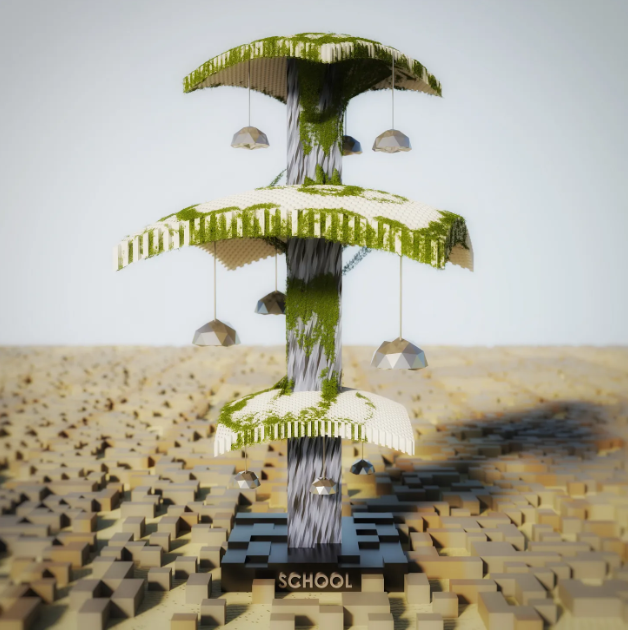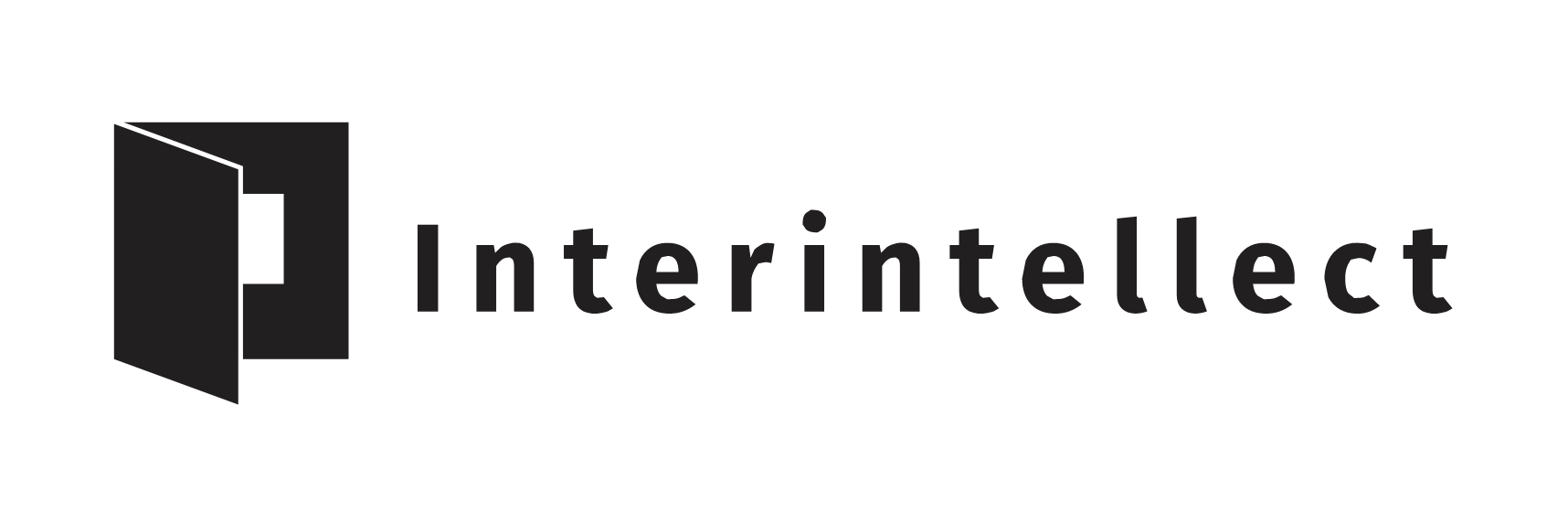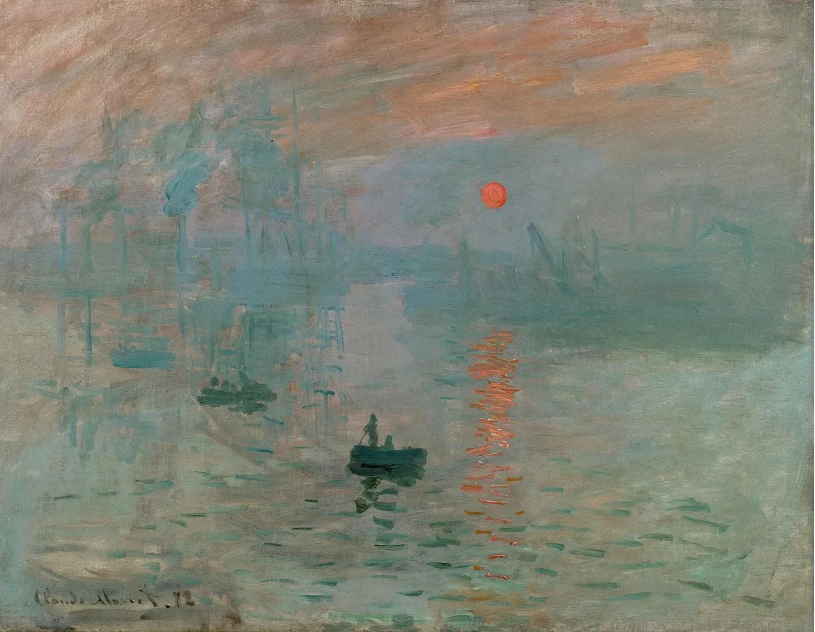Originally posted by Zelda on her substack, Tomorrow’s Ancestors, in February 2023
Over the last century or so, activism was one of the biggest forces for social change. Yet these past years, activist actions have disappointed many of us.[1] They’ve gotten more and more spectacular, oftentimes verging on radical dogmatism, but the progress made feels less and less noticeable.
People seem to be either polarized by those actions or merely indifferent to them. This apathy is also understandable given that the main discourse currently espoused by activist groups is incredibly pessimistic, making us feel like monsters, condemned to a hell of a future.
How can we get activism back to its glorious age? How can the most efficient activist actions from the past inspire us in the present? What new technologies should we use to build today’s global social movements? What world do we want to live in, and how can this vision inform the way we do activism?
Activism 101
Activism is the promotion of social, political, economic or environmental reform meant to move the world forward in “the right direction”.
The idea of collective actions to protest for or against something has been around since the 1st century BC, led by slaves, and later on, by peasants (sounds very lindy to me). [2]
We owe most if not all of our social progress during the last century to activism: Women’s rights. Labor rights. Civil rights. LGBT+ rights.
- Remember that a century ago, women didn’t have the right to vote in most countries.
- Remember that a century ago, black people had to give up their seats to white people on buses in the US.
- Remember that a century ago, being homosexual was considered an illness by The American Psychiatric Association.
- Remember that a century ago, Indians were colonized and taxed on their own products by the British Empire.
- Remember that a century ago, students would be regularly beaten by their teachers for not “behaving well”.
It’s important to remember those insane WTF things. Humanity is progressing.
~~ hold on, breathe for a sec ~~
Activism works in 2 ways:
- First, it raises people’s awareness of their rights and/or injustices.
- Second, it puts pressure on the state to act in accordance with what the collective wants.
This is achieved through multiple forms of activism, from petitions to boycotts, workshops to social justice art, street marches to hunger strikes.
Another important aspect of activism is its use of violence, or not. [3] Now, exactly how we define violence is the type of question we must ask ourselves to understand the world we want to build.
- Is it non-violent to cancel people?
- Is it non-violent to intimidate and coerce someone into having the same opinion as you?
- Is it non-violent to make people feel ashamed of the mistakes they make?
To me, these things are violent. And as normalized as they are in both today’s activism and school classrooms, they are NOT the best ways to educate people.
And they do NOT reflect the way I want to treat people in the world I want to build.
The way we do activism is the message
As Marshall McLuhan said: “The medium is the message.”
Wisdom derived from past social progress & critical thinking about today’s world can help us shape the kind of activism our societies need. Here are a few ideas that inspire me:
The use of art
Art has a mysterious ability to help us travel to new places in our imagination. Witnessing art can be healing, it can make us feel part of a community, and it can teach us things.
No big surprise that art has oftentimes been used by activists to raise awareness about societal issues.[4]
On the other hand, making art also has a positive impact on people. Training our creativity helps us develop our capacity to solve problems [5], boosts our self-esteem and emotional intelligence [6], increases our ability to make decisions [7] and makes us open to change [8]. These are all qualities that people greatly need to develop, because individual progress is collective progress, too.
This is why with Tomorrow’s School, the social movement I’m building for a better educational system, getting in touch with others’ art and contributing yourself with an artwork is fundamental to the movement itself.
Leading figures
Every successful movement, whether social, entrepreneurial, or political, has its leader(s). I don’t know the magic trick behind it, that’s just how it is. It seems like humans love to see someone embodying the ideals they believe in.
In the world of activism, we’ve had people like Gloria Steinem, Mahatma Gandhi, Martin Luther King Jr., or Anna Halprin.
They are famous at different scales, but all played a big role in the success of the movements they were part of. Their very being touches us deeply, we want to be like them, they give us a sense of direction. We are inspired by their vision, their courage, their empathy.
With Tomorrow’s School, I felt called to take on a leadership position in which I lend my person to the cause. My work on social media speaks for itself. I also aspire to support other leaders-to-be as they take on this responsibility and inspire a wave of progress in education or whatever other field they see fit to work in. We need inspiring leaders more than ever!
Community building
A leader is nothing without communities organizing themselves to spread ideas and initiatives making progress happen.
In the past, community building looked like marches, petitions or workshops.
In the present, it also includes Discord communities, Telegram groups, or the use of a hashtag.[9]
What is moving about being part of a community is that it empowers you as an individual, making you feel like part of something bigger. Have you ever been to a march? It’s one of the most powerful things I’ve experienced.
Now, I wonder: what can the digital age allow us to create as a powerful experience for people, with results that are at least as empowering as a march? To capture this feeling, one of the answers I found is art-making around a common dream. I’m also thinking of other ways to bring together the Tomorrow’s School community. What do you think? Feel free to reach out 🙂
Education
“Better ideas are not obvious. Assuming bad intentions rather assumes that they are, and that those who have yet to see are wilfully choosing evil instead of making an honest mistake.” Sarah Fitz-Claridge
Education really is at the core of social progress. The problem with today’s activism and our school system is that we assume truth is black or white (“we are RIGHT, they are WRONG”) and we do not give people the right to be mistaken.
But, as Sarah says, better ideas are not obvious. Most of the time, they’re also nuanced. This is why when one educates about social progress (or anything else!), they must do it with an open-minded and empathetic approach.
And a second, very convincing, reason: we simply learn so much better when we don’t feel coerced into doing so, or when we’re anxious about getting something wrong.[10]
Screaming at someone might make them hear you, but it won’t make them listen.
Finally, social progress shouldn’t be about one group being right. Ideas from any group should be challenged, not preached nor demonized. This is how we make knowledge grow and society change.[11]
What about the world we want to build?
Today’s activism is mainly about “fighting against”. But what are we fighting for?
For the people like me who have spent nights looking at the ceiling and dreaming of a better educational system, it’s obvious. But for most people, it isn’t.
Activists have the responsibility of raising awareness about current problems, just as much as they do of promoting a vision for a bright future.
When focusing only on the former, we make people spiral into a loop of hopelessness and anxiety (like many people are currently experiencing). When focusing only on the latter, nobody listens, because it’s not really in human nature to change unless it’s obviously needed.[11]
I like Reggie James‘ idea of having a creative director for the US or for Mars. I believe we don’t need just one, but as many as possible.
This is why I give people, through the initiative of Tomorrow’s School workshops, the creative tools allowing them to imagine & craft their own vision of the school of the future.
This way, we will not only destroy a harmful school system, but also build a better one that fits us all.

Question to ponder:
- Hate has been selling so well. How can we break through the noise with actions that are profoundly kind? How can we be shockingly kind!? How can we make kindness cool?
If you have any ideas or resources to share, if you think I’m mistaken about something or would like to add some nuance, please reach out! zeldapoem@gmail.com – we’re all here to learn, friends!
If you are interested in learning more about Tomorrow’s School, have a look at the website, the Instagram or my Twitter. And don’t forget to join my upcoming workshop, or to share it with someone who might be interested!
If you like what I create, want to make sure it’s accessible to anyone, and believe in my mission, you might want to help me stay focused on it by becoming my Patron: https://www.patreon.com/ZeldaPoem
Sources:
[1] Climate Activism has a cult problem
[2] https://en.wikipedia.org/wiki/Activism
[3] https://archive.org/details/nonviolentsocial0000unse
[4] https://en.wikipedia.org/wiki/Social_justice_art
[5] Sternberg, R. J., & Lubart, T. I. (1991). An Investment Theory of Creativity and Its Development. Creativity Research Journal, 4(1), 1-31.
[6] Mishra, S. (2011). Impact of Creativity on Self Esteem and Confidence of Adolescents. Journal of Education and Practice, 2(11), 43-50. & Moon, J. A. (2003). Creativity and Emotional Intelligence. Journal of Creative Behavior, 37(4), 243-255.
[7] & [8] Guilford, J. P. (1950). Creativity. American Psychologist, 5(9), 444-454.
[9] Memes to movements
[10] Burke, C. A., Arkowitz, H., & Menchola, M. (2011) “The Relaxation Response and Resilience Training: An Intervention to Enhance Learning and Mental Health in College Students” Journal of American College Health
[11] The Beginning of Infinity or Sarah Fitz-Claridge writings
[12] Lewin’s 3 Stage Model of Change

